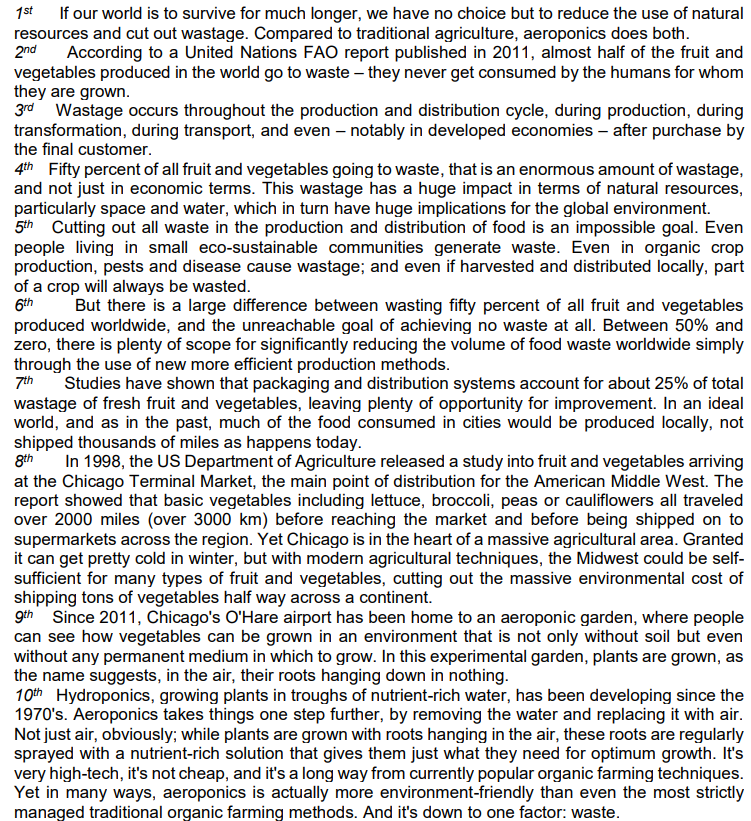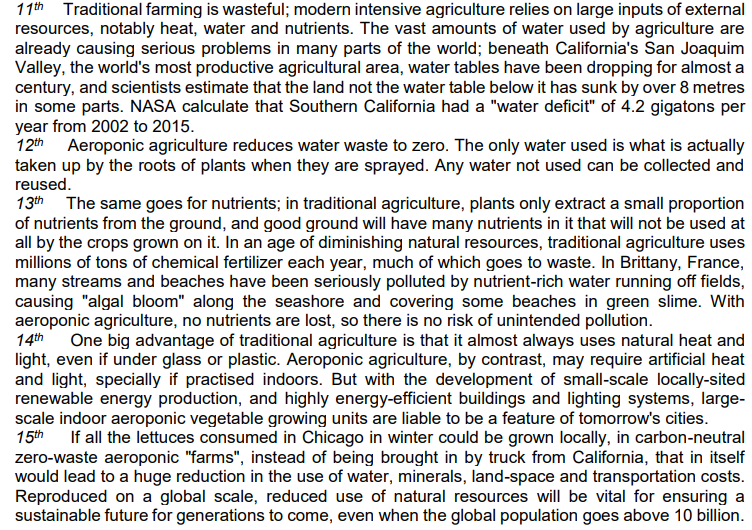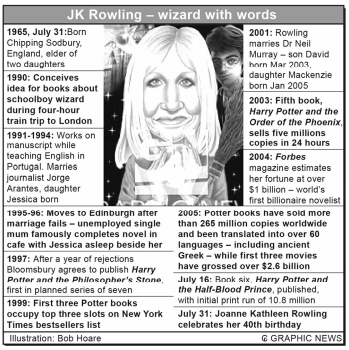Questões de Concurso
Sobre interpretação de texto | reading comprehension em inglês
Foram encontradas 10.134 questões
























Read the text below and answer the question:
1 Speech is one of the most important ways of communicating. It consists of far more that just
2 making noises. To talk and also to be understood by other people, we have to speak a language,
3 that is, we have to use combinations of sounds that everyone agrees stand for a particular
4 object or idea. Learning a language properly is very important. The basic vocabulary of English is not
5 very large, and only about 2,000 words are needed to speak it quite well. But the more words you
6 know, the more ideas you can express, and the more precise you can be about their exact meaning.
7 Words are the main thing we use in communicating what we want to say. The way we say the
8 words is also very important. Our tone of voice can express many emotions and shows whether we
9 are pleased or angry, for instance.
Read the text below and answer the question:
1 Speech is one of the most important ways of communicating. It consists of far more that just
2 making noises. To talk and also to be understood by other people, we have to speak a language,
3 that is, we have to use combinations of sounds that everyone agrees stand for a particular
4 object or idea. Learning a language properly is very important. The basic vocabulary of English is not
5 very large, and only about 2,000 words are needed to speak it quite well. But the more words you
6 know, the more ideas you can express, and the more precise you can be about their exact meaning.
7 Words are the main thing we use in communicating what we want to say. The way we say the
8 words is also very important. Our tone of voice can express many emotions and shows whether we
9 are pleased or angry, for instance.
Read the text below and answer the question:
1 Speech is one of the most important ways of communicating. It consists of far more that just
2 making noises. To talk and also to be understood by other people, we have to speak a language,
3 that is, we have to use combinations of sounds that everyone agrees stand for a particular
4 object or idea. Learning a language properly is very important. The basic vocabulary of English is not
5 very large, and only about 2,000 words are needed to speak it quite well. But the more words you
6 know, the more ideas you can express, and the more precise you can be about their exact meaning.
7 Words are the main thing we use in communicating what we want to say. The way we say the
8 words is also very important. Our tone of voice can express many emotions and shows whether we
9 are pleased or angry, for instance.
Based on the previous text, judge the following item.
The excerpt ‘the most disadvantaged pupils are most likely
to have been negatively affected by the impact of Covid-19’
(third paragraph) would be correctly rewritten in indirect
speech as: Dr Ian Collen said that the most disadvantaged
pupils were most likely to had been negatively affected by
the impact of Covid-19.

Based on the comic strip above, judge the following item.
The humorous effect of the strip is caused by the attempt of
one of the doctors to empower her patient by giving him a
very obvious tip.

Based on the infographic above, judge the following item.
Up to 2003, JK Rowling has married twice and has lived in
three different countries.

Based on the infographic above, judge the following item.
According to the first lines about JK Rowling, she has no
brothers but she has two sisters.
Based on the previous text, judge the following item.
As children with ADHD grow older, some symptoms tend to
become milder, like hyperactivity, for example.